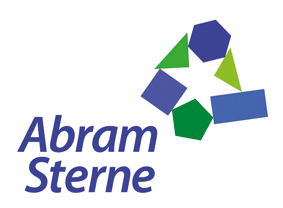The Process of a neuropsychological evaluation
This page explains how I do an evaluation.
1) A free consultation of about 30 minutes, in which a parent or concerned party can call to discuss the concerns that are leading them to want an evaluation. The purpose of the call is to understand the scope of the evaluation and whether I am the appropriate person to do the work. If I am not the right person, then I will endeavor to suggest other professionals who may be able to help.
2) An initial teleconference of about 90-120 minutes in which an intake assessment is done, preferably with both parents. This can be done on the weekends as well as weekdays, and both parents can be in different places. I have done conferences with parents in an office at work, or at home. It makes no difference as long as there is privacy and the capacity to focus for the initial session.
3) Many times it is appropriate to do a school-based observation (before the child meets me), and this can be done when I am in the US. This typically involves getting permission from the school, and often a person from the school administration will need to accompany me. Observations are usually for children who are in elementary school. This may not be appropriate for all children and is part of the discussion in the intake assessment.
4) Meeting the child or young person before any assessment for an initial pretesting meeting. I believe that this is important for establishing rapport and trust. For younger children it must be done face-to-face when I am in the US, and the parent(s) also are part of this session. In the session, I will play games and ask the child to do some drawing, as well ask lots of fun questions. For young people aged 13 and older, I will often request a teleconference session before the assessment.
5) Assessment sessions are also when I am in the US, and are often done in two blocks, each lasting about 3 to 4 hours. Typically, a testing session will comprise of 45-60 minutes of work with a 5-10 minute break. Parents of children 13 and younger are expected to stay in the waiting area throughout the assessment, and preferred snacks should be brought along.
6) Report writing and feedback can take up to 6 weeks. Each report can take up to 30 hours to write and proof-read. The purpose of the a report is to provide a deep understanding of the child/young person, and this often takes me a lot of time to write. Feedback sessions are typically to parents via teleconference, and last about about 75-90 minutes. A draft report will be send before the meeting. I will ask parents to send by email any small changes to the report to ensure its accuracy. Any major issues will be discussed in the feedback session. It is important to understand that this is a collaborative effort to produce a report that will best benefit the child/young person.
